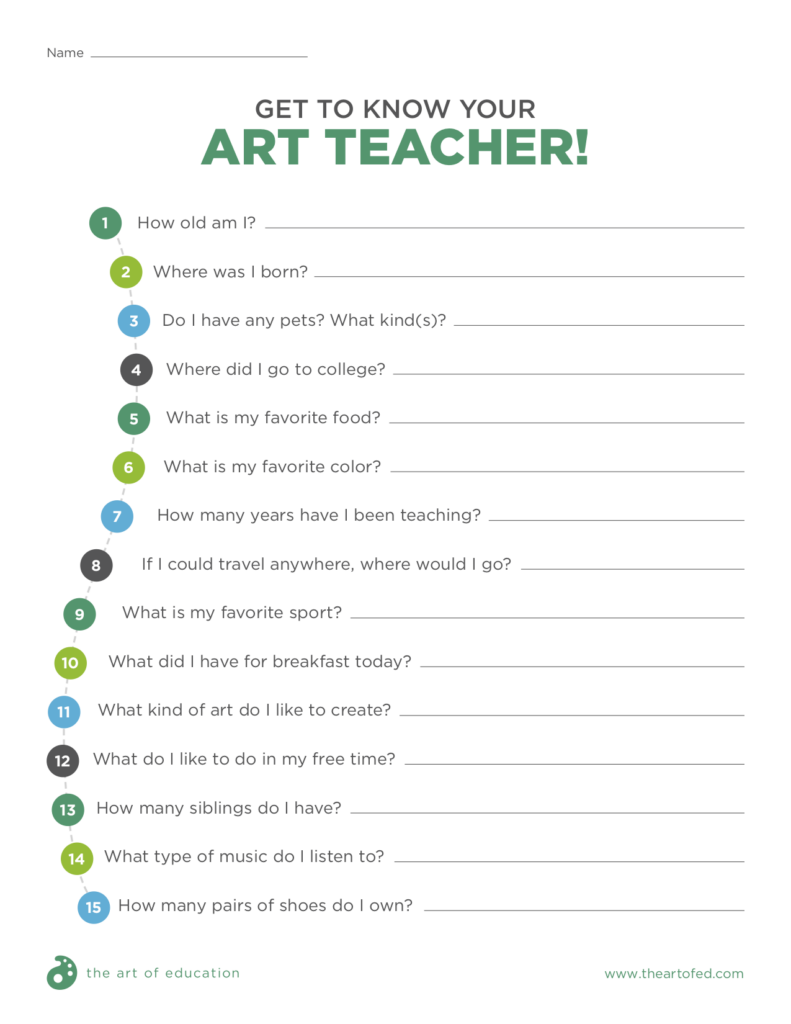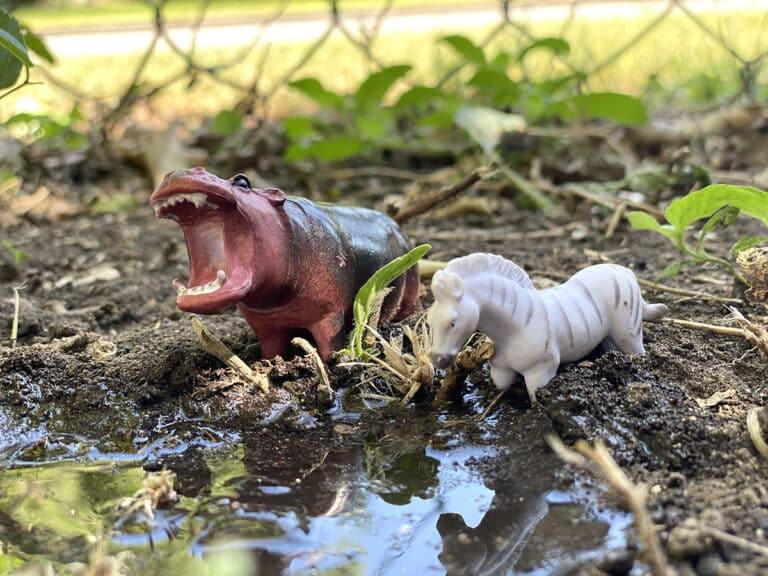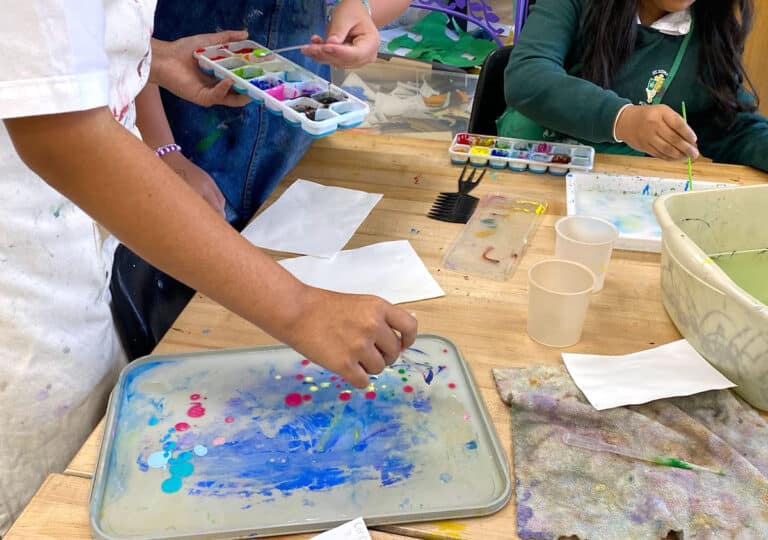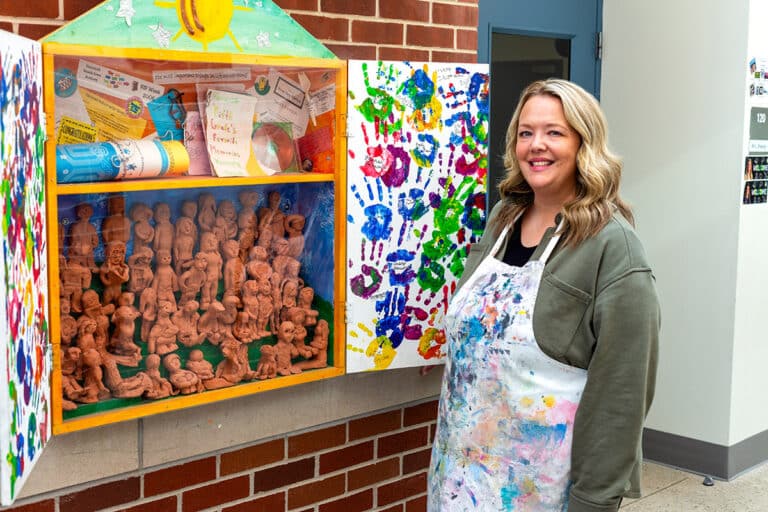Are you tired of your students talking while you’re talking? Frustrated with late and missing assignments? Overwhelmed with the number of students who want you to repeat yourself…. again!?
Have you ever tried telling your students how those actions make you feel? Have you ever tried using radical candor in your classroom?
Here’s how and why you should start bringing radical candor into your secondary classroom.
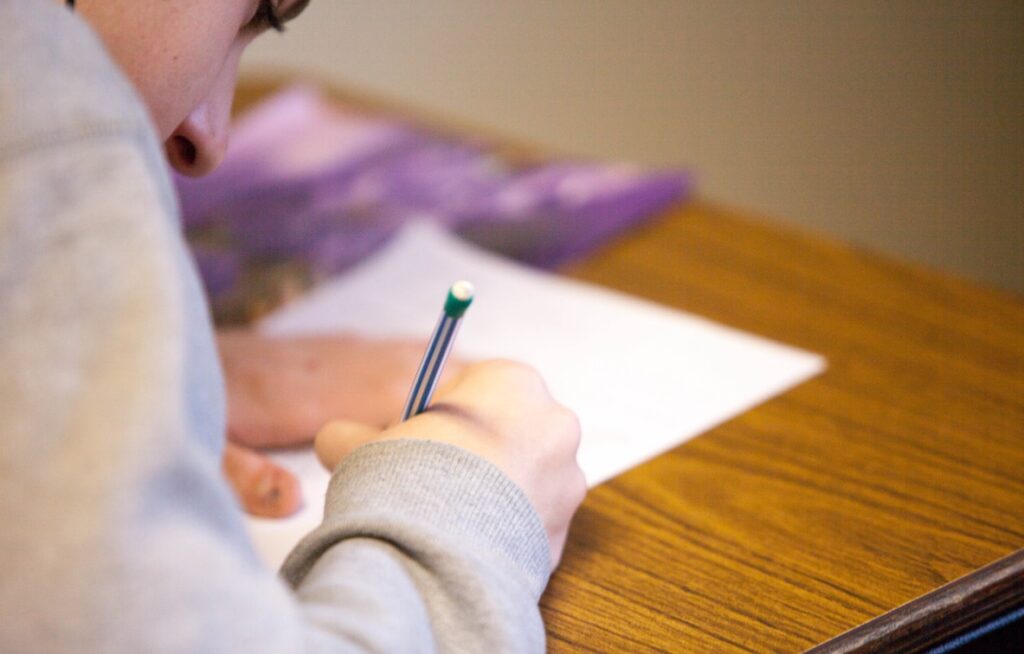
Before we dive into the how and why, let’s explore what radical candor is. The book, Radical Candor, by Kim Scott, defines radical candor as, “caring personally and challenging directly.” The book is written for bosses, but many of the principles can be applied to the classroom.
Caring Personally About Your Students
Knowing your students on a personal level is helpful for classroom management. This idea is where the “caring personally” part of radical candor comes into classroom management. It’s also an important component for giving students feedback. In the art room, you’re not only giving students feedback about their behavior, but also their artwork. It’s hard for students to hear and accept feedback if they don’t trust and respect the person from whom it’s coming.
Large class sizes and short class periods make it challenging to build meaningful relationships. Start the practice of asking meaningful questions in every class.
Here are 11 example questions to get you started.
- What do you wish you knew more about?
- What are you looking forward to in the next two weeks?
- What are you dreading in the next two weeks?
- My favorite time of the day is… Because…
- I wish you knew _____________ about me.
- I took your class because______________.
- The thing that motivates me the most is _____________.
- I like when my teachers ______________.
- I don’t like when my teachers_______________.
- I’m nervous about__________________.
- When I come to your class I want to feel _____________.
After asking your students personal questions, it’s important to demonstrate you remember what they told you. I often have students respond to questions as exit tickets. As I read the responses, I make notes on my roster, and/or write a written response to the student, handing it back to them during the next class. You don’t need to write a response to every student every time. Commit to responding to three to five each class.
Letting Your Students Care Personally About You

As a teacher, it can feel like there is a thin line you must walk between keeping things professional and letting students know you. However, letting students in can have great benefits. To get started, take some time and clarify what you’re comfortable sharing with your students. If there are areas you want to keep off limits, write those down, and stick to your list.
Know that high school students will challenge you to explain why certain topics are off limits.
I recommend preparing a response before they ask.
For example, you might say, “I’m choosing to not talk to you about my relationship with my partner because that’s something very personal to me. We all have things in life we only share with close friends. I’m sure you can think of something in your life you’re not comfortable talking to everyone about. I appreciate you respecting my choice not to discuss this further with you.”
You might also think through how you will respond to tough topics, like religion and politics.
If your students are anything like mine, they like to bring up politics. My usual response goes something like this, “I’m happy to have a discussion with you about facts that relate to our current political situation, as well as reflect on what happened in history and how it relates. As we discuss politics, no matter what you believe or who you like, in my classroom, we’ll treat everyone with respect, and focus on what we know to be true.”
If your students have a strong interest in discussing politics, consider preparing a lesson about art and politics.
Some simple ways to continue building relationships with your students include hanging some personal photos up in your room and sharing your artwork with students.
If you don’t first have a relationship with your students, they’re much less likely to accept and apply constructive criticism.
Here are 2 ways you can quickly start building relationships with your students.
1. First-Day Questionnaire with a Twist
On the first day of class, have students complete a questionnaire, answering questions about themselves and pre-assessing content knowledge. Then, include a question that prompts students to ask you anything that they want. Collect the forms, and take the time to answer each question in front of the class.
2. Give a “Quiz About the Teacher”
After you’ve met with students a few times, provide them with a quiz about you. Below you’ll find a download with some questions you might include.
Directly Challenging Your Students
Now that you’ve built a relationship with your students, you can work on giving them feedback. This is the “directly challenging” part of radical candor. Because you have built your relationship first and students know you care about them, they will be more responsive to your honest, direct feedback.
For best results, give feedback often and give it in a timely matter. As soon as possible is a good rule of thumb. This could be feedback about their work or their behavior.
At first, when you’re building relationships with your students, focus on giving positive feedback.
This method helps them get used to receiving feedback. Make sure the feedback is immediate and specific. Instead of saying, “You’re drawing looks good.” You might say, “I see you’re working hard to demonstrate perspective in your drawing. You’re doing a nice job applying what we talked about during the demonstration. I see you are using one and two-point perspective.”
As you move toward negative feedback, be sure to continue to be specific. In the case of feedback about behavior, be sure the feedback focuses on the behavior and not the student. Also, provide resources to help the student make the desired change.
For example, if a student is always texting during your demonstration, you might say, “When you text during the demonstration, it’s distracting, making it hard for you to do your best work. To help avoid this behavior, you’re going to place your phone on my desk during demonstrations.”
An artwork related example is, “The value in your drawing is falling a bit flat because there are only mid-tones. It can be hard to get dark shadows. Why don’t you try using this 6B pencil in some of the areas that should be black? Or, take this value card and see if you can find at least one area in your drawing that matches each value on the card. ”
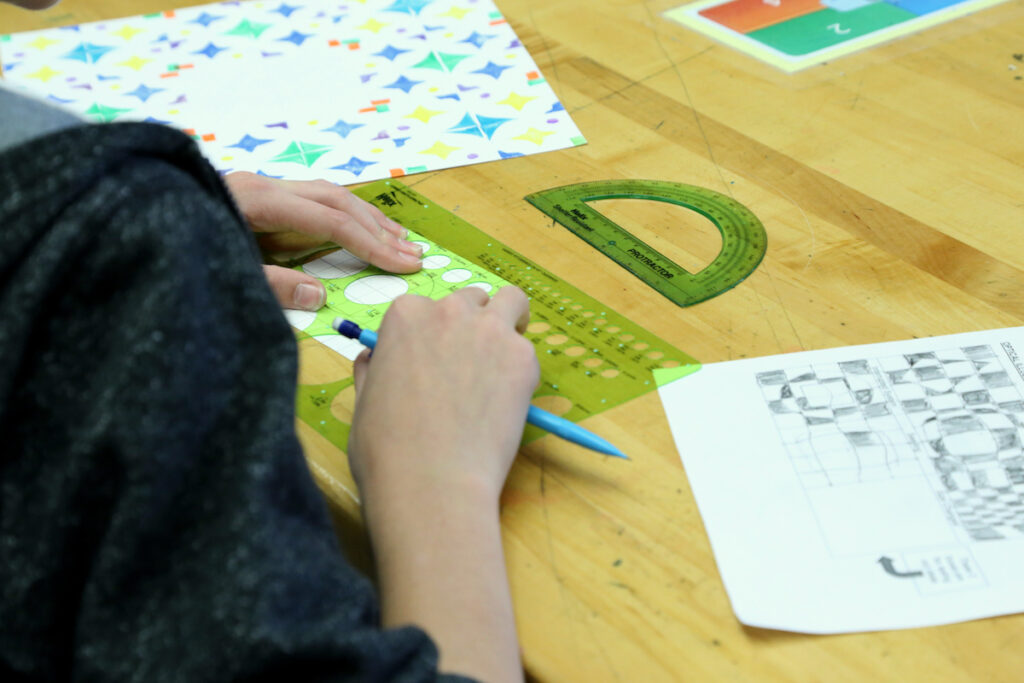
Let Your Students Challenge You Directly
Letting your students give you feedback can be intimidating, but it also can be incredibly powerful.
Set classroom expectations or project expectations together. We usually focus on what students will do. Add another column and talk about what you as the teacher will do.
For example, the students will experiment and ask questions. The teacher will create a safe environment for experimentation and listen to all student questions.
Students will work hard and practice perseverance. The teacher will provide and seek out needed resources, inspiring artists, and be an active advocate for student learning.
You likely do many of these things. Saying them out loud and writing them beside the student expectations is a powerful signal to your students. Challenge yourself to allow your students to give you feedback, including when you aren’t meeting expectations.
Using radical candor with your students is about intentionally building relationships and having difficult but meaningful conversations.
The first time this concept clicked for me was when my students mentioned they thought I was in a bad mood. I responded, “You’re right, I am. I’m frustrated because everyone keeps talking when I’m talking and then asking me to repeat myself. That gets tiring and makes me feel like you don’t respect me.” The students looked at me, surprised. They had no idea their actions were the cause of my bad mood. At that moment, they sat down, stopped talking, and started listening. While it’s not always this simple, if you’ve taken the time to build relationships with your students, it can be.
What is one idea about radical candor you will start to implement in the following week?
What is your favorite question to ask your students to get to know them better?
Magazine articles and podcasts are opinions of professional education contributors and do not necessarily represent the position of the Art of Education University (AOEU) or its academic offerings. Contributors use terms in the way they are most often talked about in the scope of their educational experiences.


